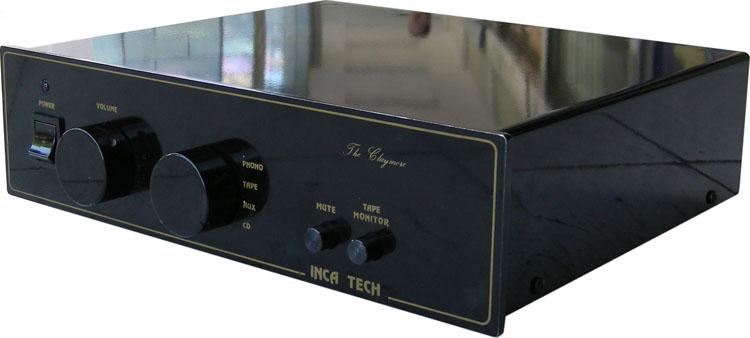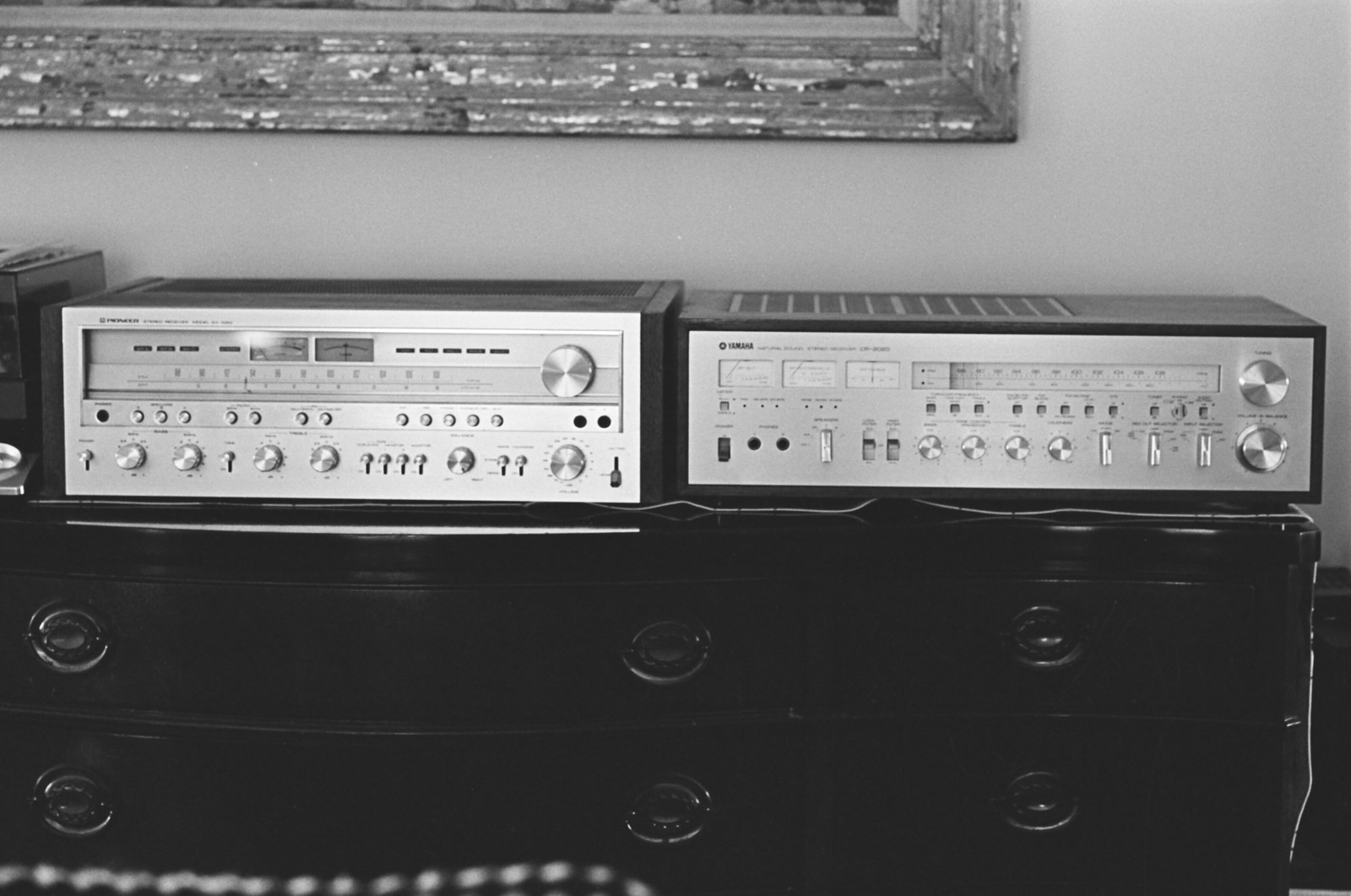To what level is relative the value 29dB?
This means gain of 28.18x. 100mV at input gives 2.818V output voltage.
To what level is relative the value 29dB?
Input.To what level is relative the value 29dB?
Shame they couldn't get those "bar" knobs to line up nicely, that's pushing my OCD buttons.
The vintage Yamahas used the 'pointer' knobs for function selectors, so the alignment wasn't hard if set to their "defaults"Shame they couldn't get those "bar" knobs to line up nicely, that's pushing my OCD buttons.
I guess they are rotary knobs, rather than switches, in which case I'd prefer conventional circular/cylindrical knobs, so that they don't look untidy when not lined up.
 DSC_6689_z by Mark Hardy, on Flickr
DSC_6689_z by Mark Hardy, on FlickrYes, I would be interested how an integrated amplifier behaves at 5W output with input at realistic level.
Yamaha took theboldstupididiosyncratic decision to repurpose their 'signature' vertical knobs to use as tone and balance controls.
AP doesn't do anything by itself.Does that mean the AP feeds the Yamaha's analog line in with a voltage in of 0.1587 V?
When power amps have multiple gains, then I have to pick something. Laster in the review I do show the effect of other gain settings:Also Benchmark AHB2 was tested here[1] with gain of 9.2dB for 5W output.
It would be more fair to compare SINAD of amplifiers with similar gain.
[1] https://www.audiosciencereview.com/...-and-measurements-of-benchmark-ahb2-amp.7628/
Before John complains, I have tested many amps at different gain levels and difference is small (1 to 2 dB or so).
To their credit, it's hard to follow up the design-award winning 1970s classics

Some poorly designed amps may see issues with inter-stage loading or poor gain staging that become evident when the level control is wound up. Overall I would say such a design deserves what it gets in measurements.
Are those frequencies common? What are the common range of these frequencies?Here are the specs for the A-S501 in case Yamaha are using the same EQ section for all of the amps that look like this:
Bass
Boost/Cut (20 Hz): ± 10 dB
Turnover Frequency: 400 Hz
Treble
Boost/Cut (20 kHz): ± 10 dB
Turnover Frequency: 3.5 kHz
Maybe common for Yamaha? They're really all over map. I only went digging because my initial guess for Bass/Treble tone controls was that they would be somewhere around +/- 10dB at 100 Hz and 10 KHz. With Yamaha's settings it looks like they might function as wide high and low shelves.Are those frequencies common? What are the common range of these frequencies?
Around 100hz was more like I was expecting for the low end. The high frequency is around where I thought it might be.Maybe common for Yamaha? They're really all over map. I only went digging because my initial guess for Bass/Treble tone controls was that they would be somewhere around +/- 10dB at 100 Hz and 10 KHz. With Yamaha's settings it looks like they might function as wide high and low shelves.
Are you asking abou the tone control characteristics?Are those frequencies common? What are the common range of these frequencies?
 Semi-monstrous 1970s soiled state receivers by Mark Hardy, on Flickr
Semi-monstrous 1970s soiled state receivers by Mark Hardy, on Flickr